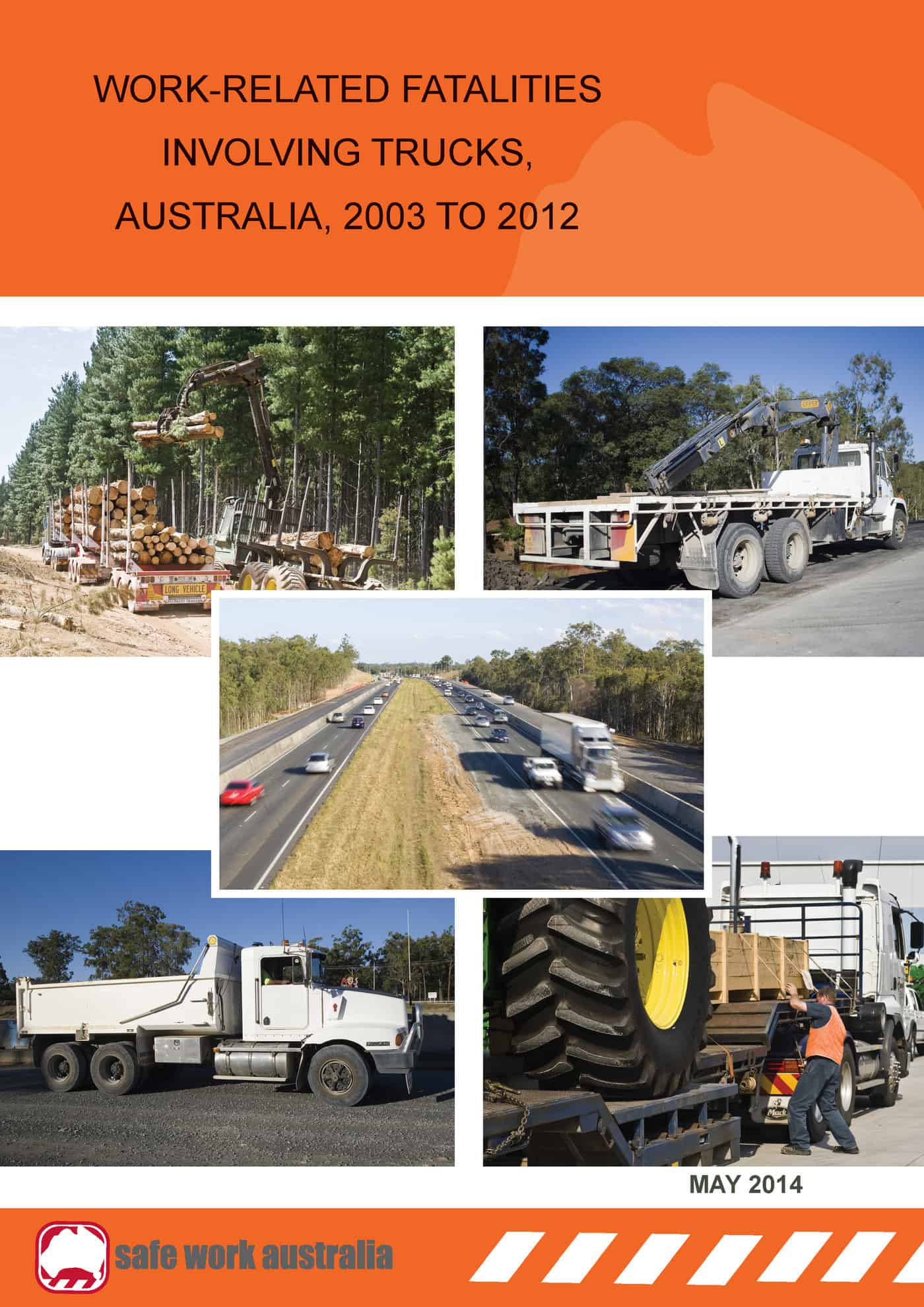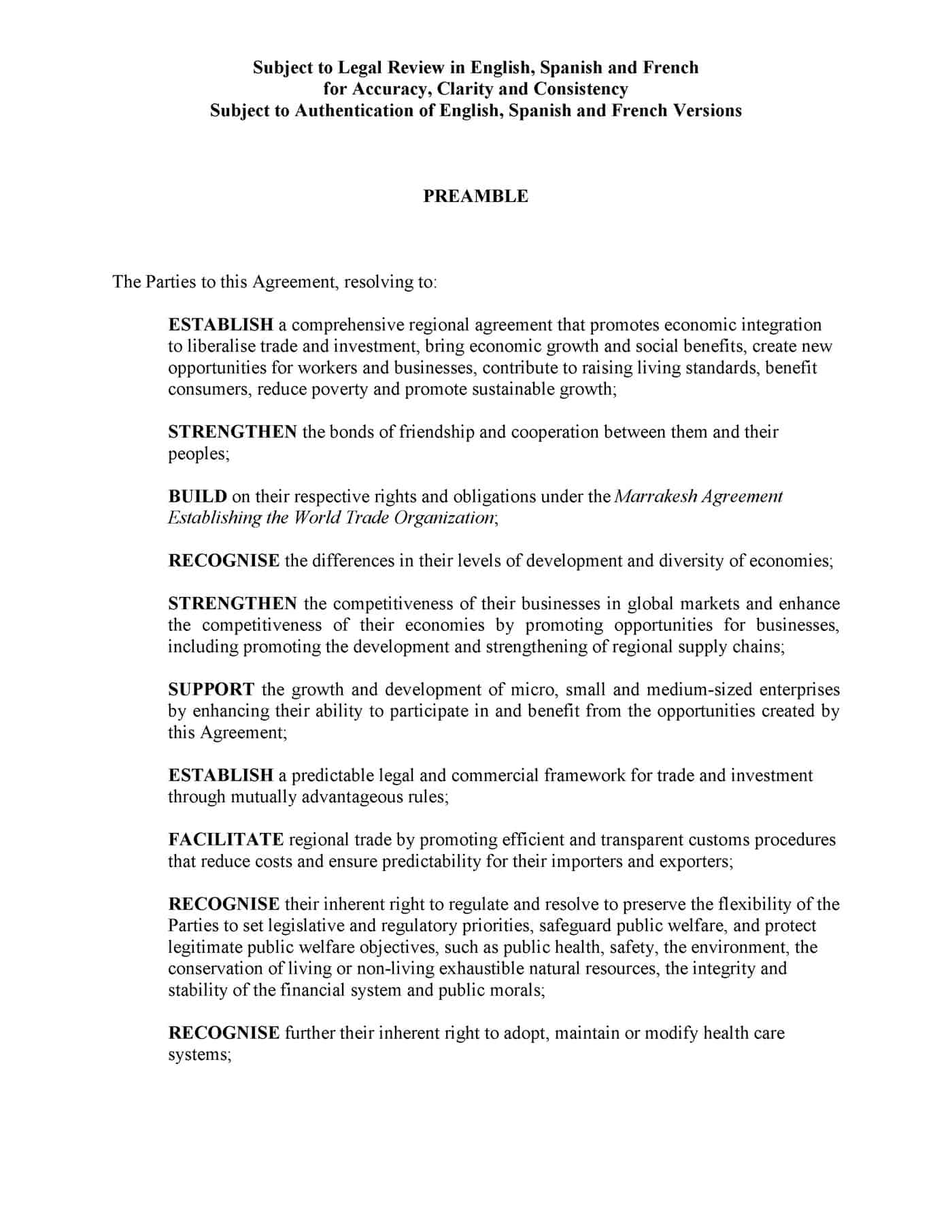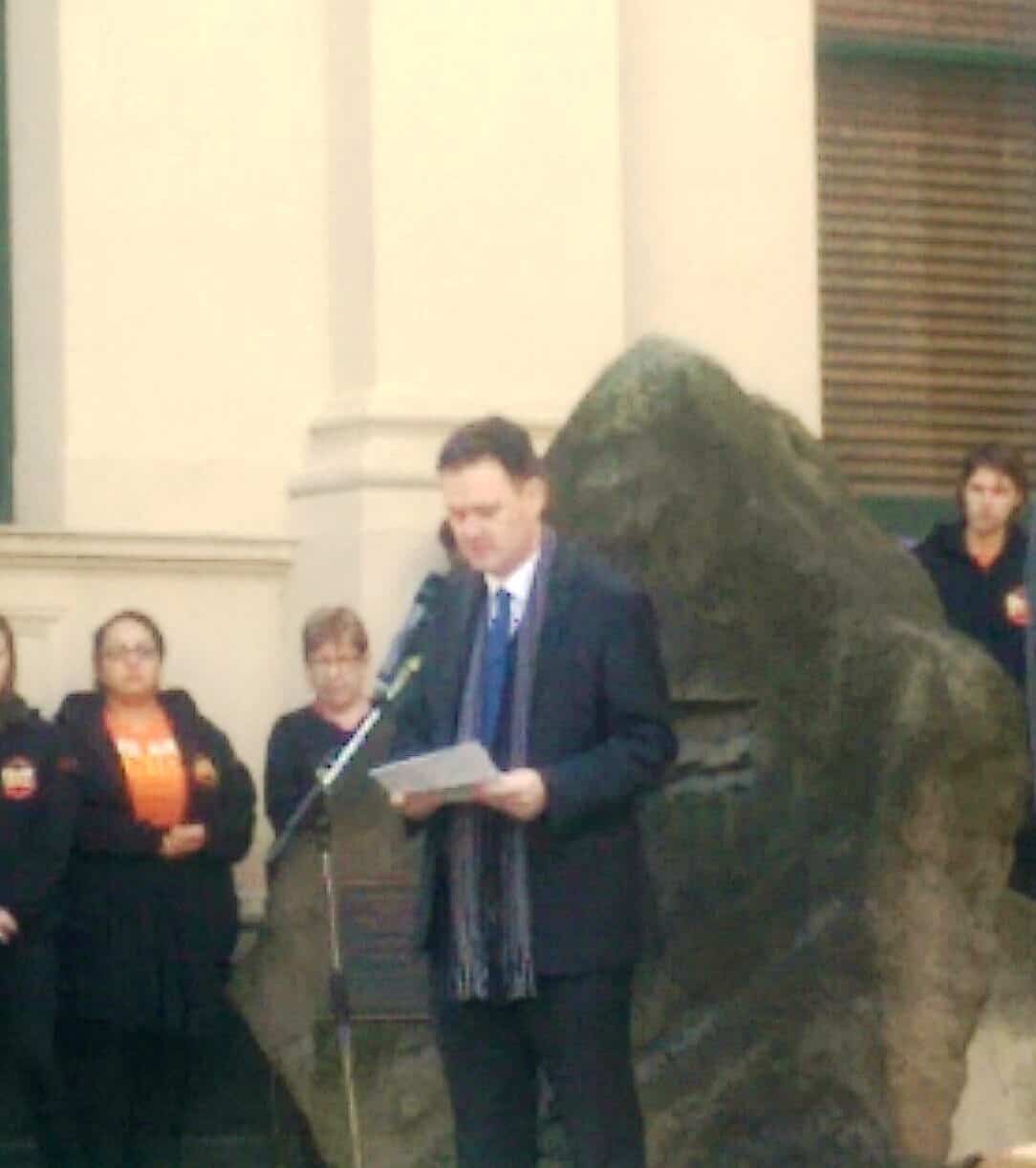Annual Reports are crucial corporate documents that should reflect the financial and organisational health and achievements of a company. Only recently, in Australia, have Annual Reports been assessed for indications of occupational health and safety (OHS) other than fatalities. Some of that analysis of injury data has appeared in an article in the Safety Science journal entitled “Safewash! Risk attenuation and the (Mis)reporting of corporate safety performance to investors” – an article that deserves careful consideration. Continue reading “Annual Reports can encourage SafeWash!”
are crucial corporate documents that should reflect the financial and organisational health and achievements of a company. Only recently, in Australia, have Annual Reports been assessed for indications of occupational health and safety (OHS) other than fatalities. Some of that analysis of injury data has appeared in an article in the Safety Science journal entitled “Safewash! Risk attenuation and the (Mis)reporting of corporate safety performance to investors” – an article that deserves careful consideration. Continue reading “Annual Reports can encourage SafeWash!”
Category: transparency
Missed lessons from work-related traffic incidents
 In early 2014 a truck driver drove his vehicle into an intersection, collided with a car resulting in the death of four out of five members of one family. The truck driver, Jobandeep Gill, has been sentenced to 10 years jail. Video of the incident site shows a company name on the side of the van. It is not possible to determine who Gill was driving for or what his employment status was but, regardless of this, it seems a work vehicle was involved in the death of four people, and therefore occupational safety laws (OHS) may have been broken.
In early 2014 a truck driver drove his vehicle into an intersection, collided with a car resulting in the death of four out of five members of one family. The truck driver, Jobandeep Gill, has been sentenced to 10 years jail. Video of the incident site shows a company name on the side of the van. It is not possible to determine who Gill was driving for or what his employment status was but, regardless of this, it seems a work vehicle was involved in the death of four people, and therefore occupational safety laws (OHS) may have been broken.
It is accepted by OHS regulators that a truck is a workplace for the driver and that OHS responsibilities of all workers include
“… take reasonable care for the health and safety of persons who may be affected by the employee’s acts or omissions at a workplace…” (Section 25 of the Victorian OHS Act 2004)
On 25 November 2015, Dr Rwth Stuckey stated at an ISCRR seminar that:
“WRR (work related road) crashes [are the] leading cause of traumatic work-related fatality & injury in most westernised countries.”
So why don’t OHS regulators follow-up WRR crashes by interviewing the truck owners or the employers of the drivers? Perhaps statistics don’t support Dr Stuckey?
Workplace bullying book tries new psychology approach
OHS and the Trans-Pacific Partnership
 Several weeks ago I was asked by a trade unionist to make a submission to the Australian Government explaining how the impending Trans Pacific Partnership (TPP) would be bad for worker safety. I acknowledged concerns over labour relations but pointed out that no matter who is working in an Australian workplace, their safety must be managed. Whether they are a migrant worker or full-time employee was not relevant to the management of their occupational health and safety (OHS). The trade unionist was disappointed.
Several weeks ago I was asked by a trade unionist to make a submission to the Australian Government explaining how the impending Trans Pacific Partnership (TPP) would be bad for worker safety. I acknowledged concerns over labour relations but pointed out that no matter who is working in an Australian workplace, their safety must be managed. Whether they are a migrant worker or full-time employee was not relevant to the management of their occupational health and safety (OHS). The trade unionist was disappointed.
Now the
Professional sportspeople are workers, so make them safe
 There is no doubt that football fields are the workplaces of professional football players and their support staff. So they are covered by occupational health and safety (OHS) and/or work health and safety (WHS) laws but what does this mean in relation to OHS regulators, and the sportspeople’s employers? Recently Eric Windholz looked at this particular issue.
There is no doubt that football fields are the workplaces of professional football players and their support staff. So they are covered by occupational health and safety (OHS) and/or work health and safety (WHS) laws but what does this mean in relation to OHS regulators, and the sportspeople’s employers? Recently Eric Windholz looked at this particular issue.
Windholz recently published “Professional Sport, Work Health and Safety Law and Reluctant Regulators” in which he states:
“The application of WHS law to professional sport is almost absent from practitioner and academic discourse. An examination of the websites of Australia’s WHS and sport regulators reveals none contains WHS guidance directed to professional sports.” (page 1, references are included in the paper)
The example he uses to show this apparent lack of interest, even by the Victorian OHS regulator, WorkSafe Victoria, is the Essendon Football Club supplements saga. Windholz writes
“Had these events occurred in the construction, manufacturing or transport industry, for example, it is difficult to imagine WHS regulators not intervening. Yet, WorkSafe Victoria initially was reluctant to investigate choosing to defer to ‘more appropriate bodies’. It only commenced an investigation when compelled by a request from a member of the public.” (page 2)
National OHS performance indicators needed
Since the release of the 2015 Citi report into the occupational health and safety (OHS) performance of the companies in the ASX200 stick exchange rankings, this blog has received many requests for a copy of the report to assist in the benchmarking of performance. Clearly performance indicators for OHS remain contentious and difficult but this does not need to be the case.
Citi’s recent report stated that key performance indicators (KPIs) should meet three needs:
- “internal monitoring for continuous improvement to reduce incidents;
- benchmarking and sharing lessons within the industry; and
- transparent disclosure to stakeholders.”
Continue reading “National OHS performance indicators needed”
Secrecy is hard to understand
 Over two months ago, SafetyAtWorkBlog sought basic and innocuous information from the office of Victoria’s Industrial Relations Minister, Robin Scott (pictured right at the Workers Memorial in April), about the MacKenzie review in to WorkSafe Victoria that was announced in February 2015. No response was received until 28 July.
Over two months ago, SafetyAtWorkBlog sought basic and innocuous information from the office of Victoria’s Industrial Relations Minister, Robin Scott (pictured right at the Workers Memorial in April), about the MacKenzie review in to WorkSafe Victoria that was announced in February 2015. No response was received until 28 July.
A spokesperson for the Minister advised SafetyAtWorkBlog that all details of the review are Cabinet-in-Confidence and therefore cannot be released until Cabinet has discussed the review. An update will be available when that occurs.
It seems odd that information, such as an inquiry’s terms of reference, should be so hush-hush.
